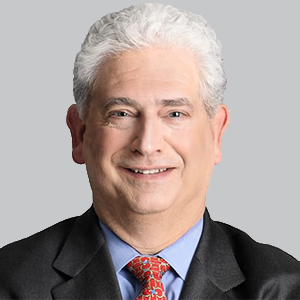Article
FDA Accepts Resubmission of Diazepam Buccal Film NDA for Seizure Clusters
Author(s):
Aquestive does not anticipate a need for any additional studies and is preparing for the commercial launch of Libervant in the first half of 2022, if approved.
Keith Kendall, CEO, Aquestive Therapeutics

After receiving a complete response letter (CRL) from the FDA in September 2020, Aquestive Therapeutics announced that the agency has accepted for filing the resubmission of the new drug application (NDA) for diazepam (Libervant) buccal film for the management of seizure clusters. The FDA has scheduled a prescription user drug fee act (PDUFA) target action date of December 23, 2021.1
The company completed a Type A meeting with the FDA in November 2020 and received further guidance from the agency in February 2021. Additional statistical modeling and supportive analyses of the existing clinical data were included in the resubmission per FDA guidance. Aquestive also noted that they don’t anticipate having to initiate any additional studies to meet requirements for approval of the drug.
“We are pleased with the FDA’s decision to accept for review the Libervant NDA. We believe this underscores the unmet need in the underserved population of refractory epilepsy patients for a non-invasive and innovative product for the management of seizure clusters,” Keith Kendall, chief executive officer, Aquestive, said in a statement.1 “We are preparing for the commercial launch of Libervant, if approved for US market access, in the first half of 2022 and remain committed to fill this unmet need and improve the quality of life for patients suffering from this disease with this first of its kind treatment option.”
In addition to the requested additional information on pharmacokinectic modeling, the regulatory agency stated that a small number of deviations from protocol were identified in blood draws in 1 of the included studies. No other safety, clinical, or Chemistry, Manufacturing and Control issues were identified in the CRL.
Libervant is a buccally administered soluble film formulation of diazepam, a benzodiazepine that treats acute uncontrolled seizures in selected patients with refractory epilepsy who are on stable regimens of antiseizure medications. The therapy is an alternative to Diastat, or diazepam rectal gel, which was the first FDA-approved treatment for patients with seizure clusters and considered the current standard of care rescue therapy.
The NDA was supported by data from a single-dose crossover study (NCT03953820) that included adult patients aged 18 to 65 with epilepsy who were on a stable regimen of at least 1 antiepileptic drug.2 In total, 28 patients were included in the final analysis, receiving mean doses of 15.4± -1.9 mg of diazepam buccal film and 17.1± -3.0 mg of the rectal gel. Mean maximal plasma concentration (Cmax) values for the buccal film were 204.26 ng/mL compared with 211.22 ng/mL in the rectal gel group, demonstrating comparable but less variable Cmax values with diazepam buccal film versus rectal gel (P <.0001). Across the different weight categories, Cmax values were consistently 150 ng/mL in the buccal film group.
The second study included in the NDA was a phase 3 safety and tolerability trial (NCT03428360) that included patients aged 2 to 65 who received diazepam buccal film doses ranging from 5 mg to 17.5 mg. Results of that analysis showed that 6.9% (n = 5) of the 72-patient cohort reported 7 mild treatment-related adverse events (AEs) over a mean follow-up of 192 days.
In January 2020, Neurelis’ Valtoco, an intranasal formulation of diazepam, became the first intranasal rescue therapy approved for patients with seizure clusters age 6 and older. The FDA also granted the drug 7 years of Orphan Drug Exclusivity.3




